The Algorithm Trading Market is characterized by a dynamic competitive landscape, driven by technological advancements and the increasing demand for high-frequency trading solutions. Key players such as Citadel Securities (US), Jane Street (US), and Two Sigma Investments (US) are at the forefront, leveraging their expertise in quantitative analysis and algorithmic strategies to maintain a competitive edge. Citadel Securities (US) focuses on enhancing its trading infrastructure through continuous innovation, while Jane Street (US) emphasizes a collaborative culture that fosters rapid decision-making and adaptability. Two Sigma Investments (US) is known for its data-driven approach, utilizing machine learning and artificial intelligence to refine trading algorithms, thereby shaping the competitive environment towards a more technology-centric paradigm.
The business tactics employed by these firms include optimizing trading strategies and enhancing operational efficiencies. The market structure appears moderately fragmented, with a mix of established players and emerging firms vying for market share. The collective influence of these key players is significant, as they set industry standards and drive technological advancements that other firms may follow.
In November 2025, Citadel Securities (US) announced a strategic partnership with a leading fintech firm to develop advanced trading algorithms that utilize real-time data analytics. This collaboration is expected to enhance Citadel's trading capabilities, allowing for more precise market predictions and improved execution speeds. Such partnerships indicate a trend towards integrating cutting-edge technology into trading operations, which could redefine competitive advantages in the market.
In October 2025, Jane Street (US) expanded its global footprint by opening a new office in Singapore, aimed at tapping into the growing Asian markets. This strategic move not only diversifies its operational base but also positions Jane Street to capitalize on the increasing trading volumes in the region. The expansion reflects a broader trend of geographical diversification among major players, as they seek to mitigate risks and explore new opportunities.
In September 2025, Two Sigma Investments (US) launched a new AI-driven trading platform designed to enhance algorithmic trading strategies. This platform leverages vast datasets to identify trading opportunities with unprecedented speed and accuracy. The introduction of such innovative solutions underscores the importance of technology in maintaining a competitive edge, as firms increasingly rely on AI to optimize their trading operations.
As of December 2025, the Algorithm Trading Market is witnessing trends such as digitalization, AI integration, and a growing emphasis on sustainability. Strategic alliances among firms are becoming more prevalent, as companies recognize the need to collaborate in order to innovate and stay ahead of the competition. Looking forward, competitive differentiation is likely to evolve from traditional price-based strategies to a focus on technological innovation and supply chain reliability, suggesting a shift towards a more sophisticated and resilient market landscape.
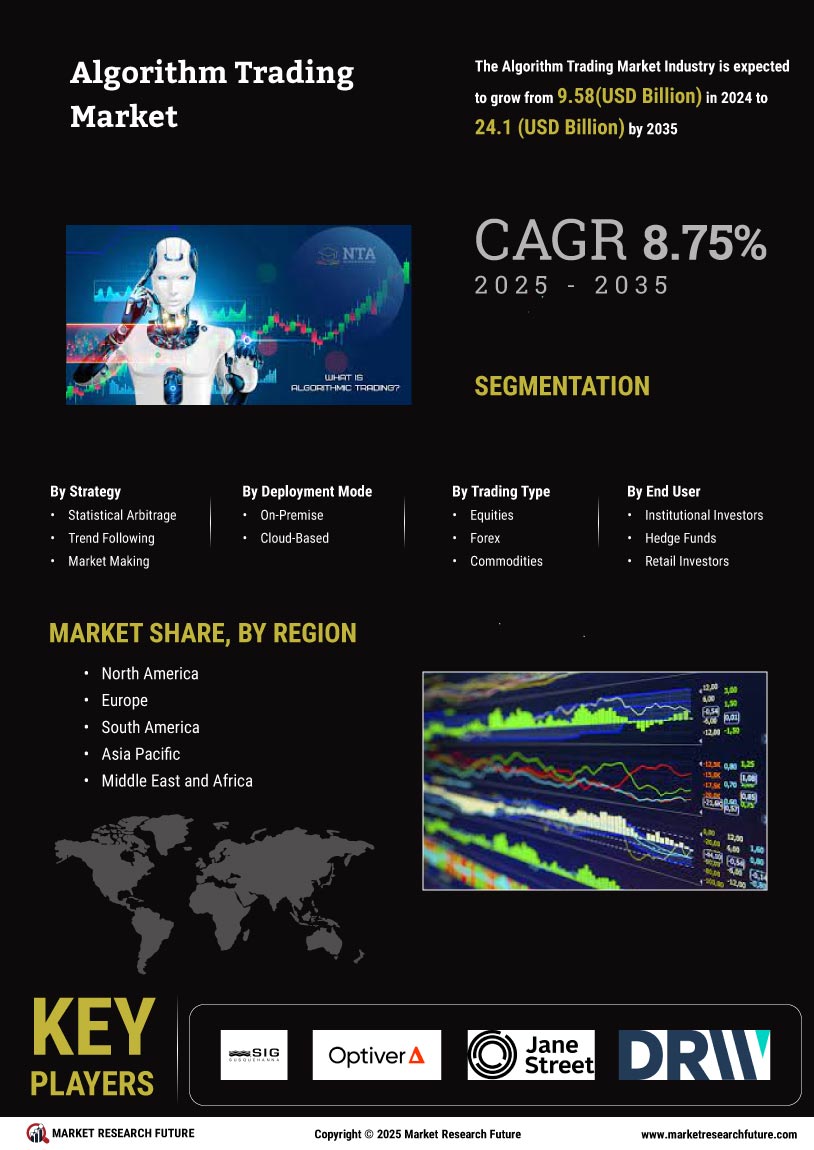

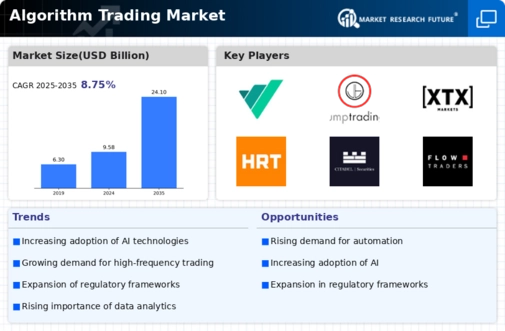
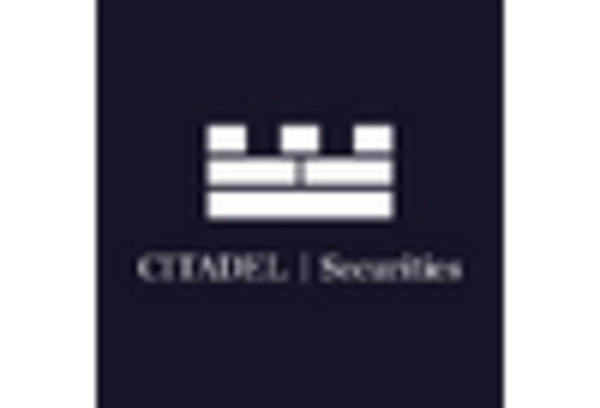

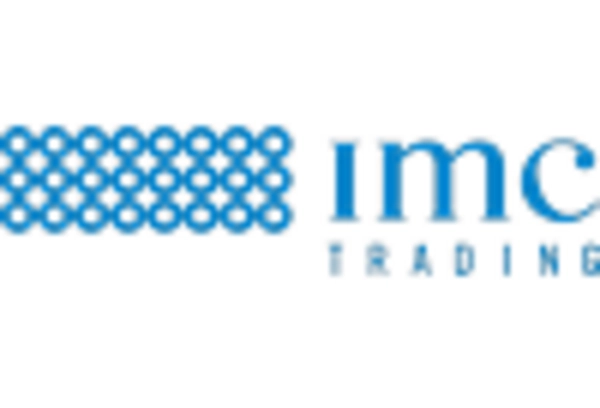
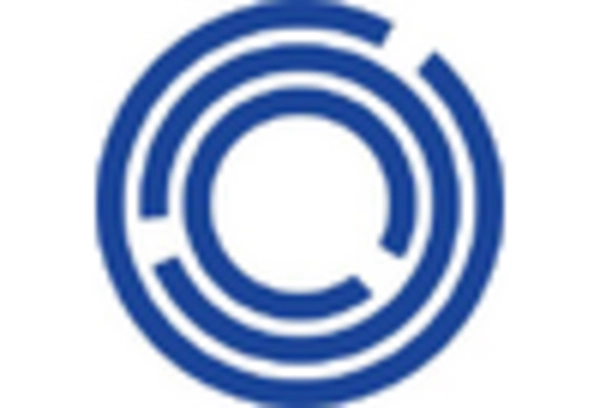

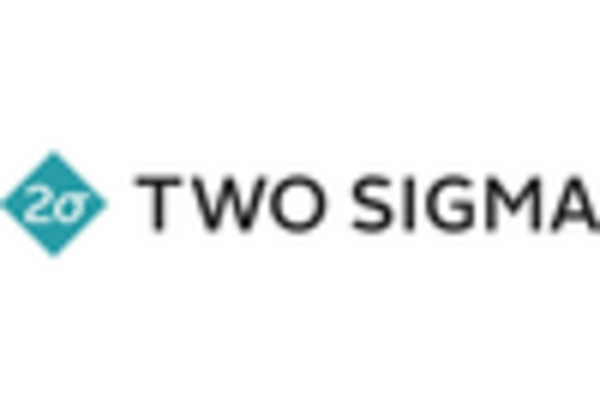








Leave a Comment